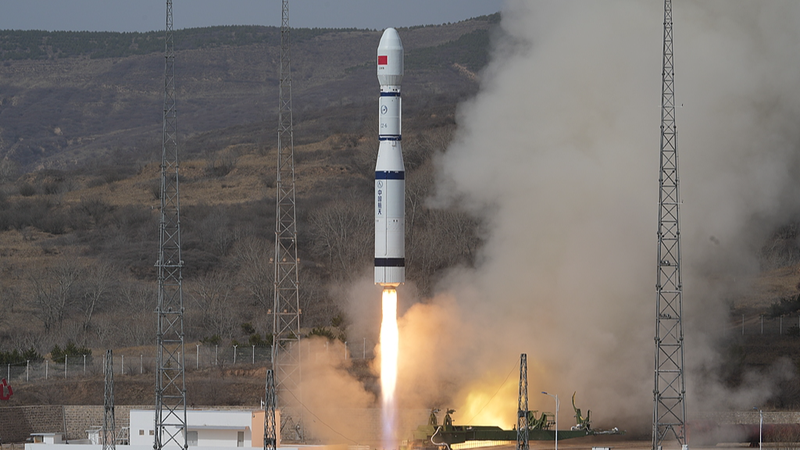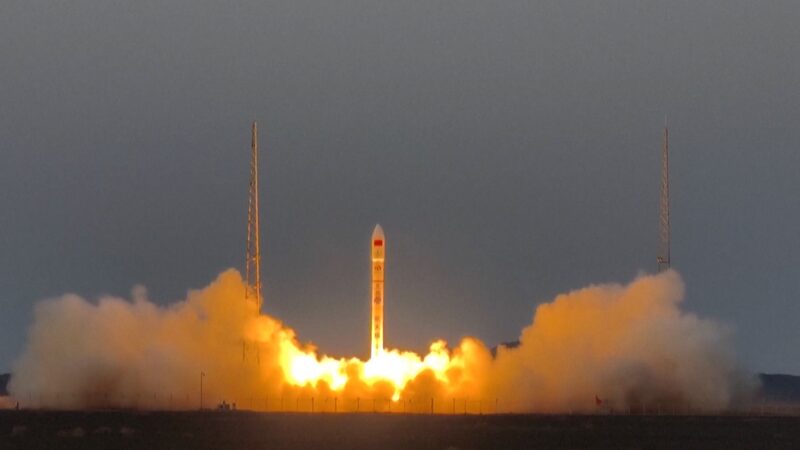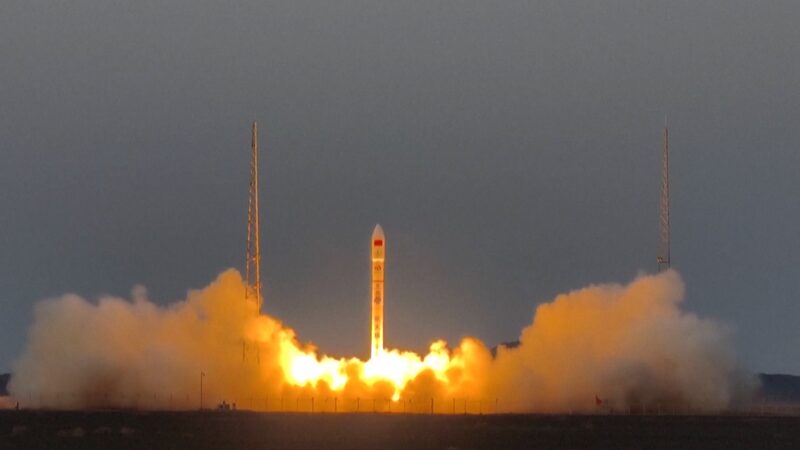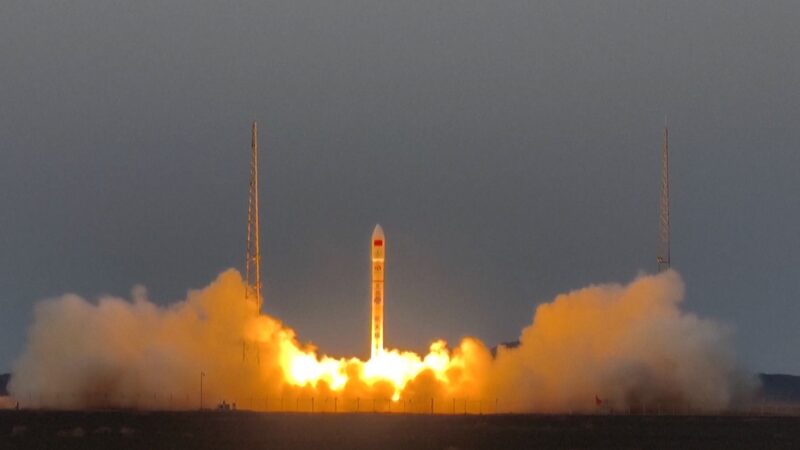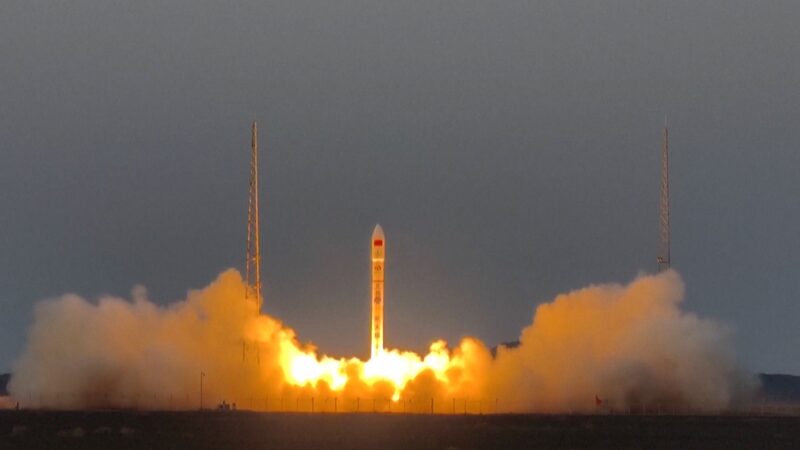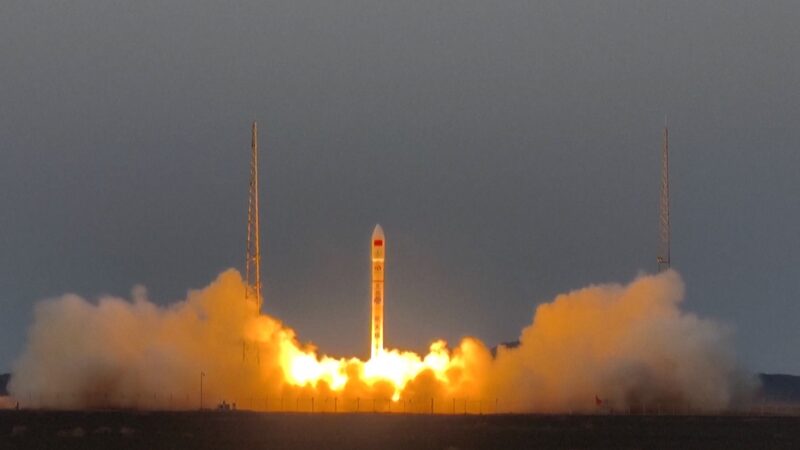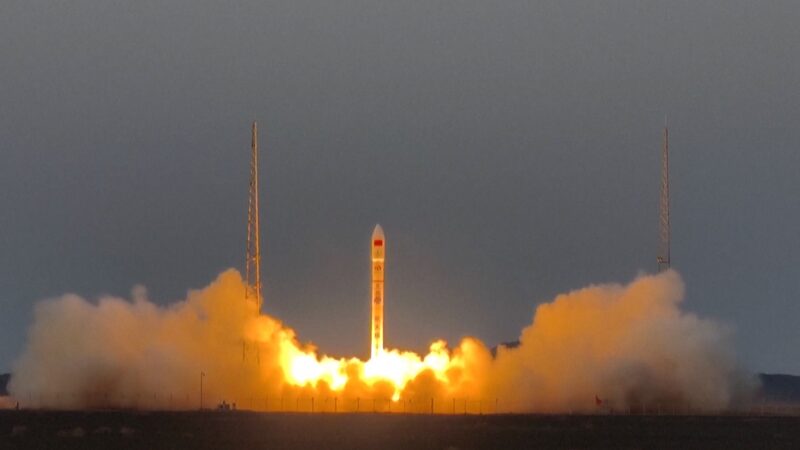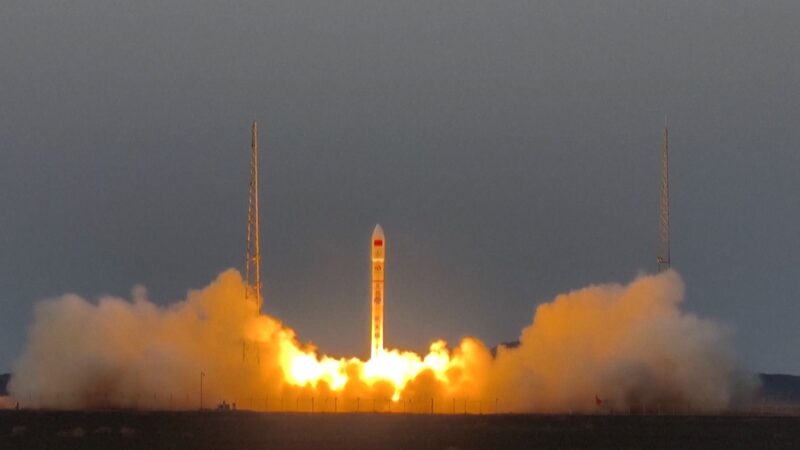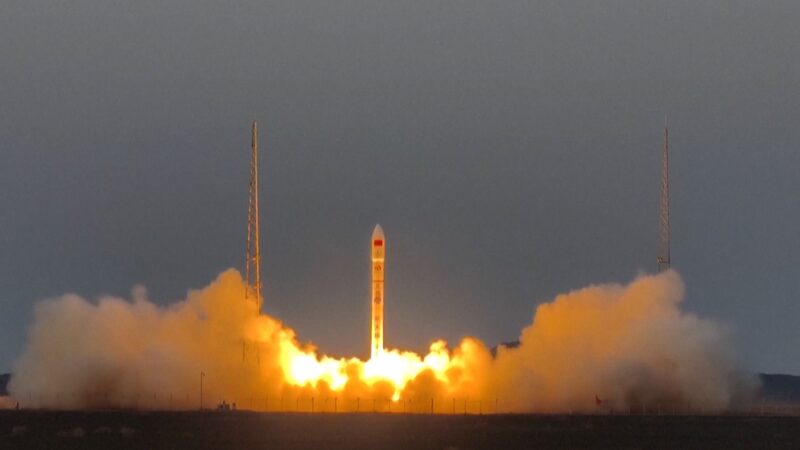China marked another milestone in its space exploration program on Thursday with the successful launch of the Tianping-3A 02 satellite from the Taiyuan Satellite Launch Center in north China's Shanxi Province. The satellite, carried by a Long March-6 rocket, lifted off at 10:12 a.m. Beijing Time and entered its designated orbit as planned.
The mission focuses on advancing Earth observation and space environment analysis. The satellite will enable precise calibration of ground-based radar systems, improve radar cross-section measurements for defense and meteorological applications, and facilitate imaging experiments for optical equipment. Additionally, it will monitor the low-orbit space environment—a critical area for satellite safety and debris tracking—and refine atmospheric data models to enhance weather forecasting accuracy.
This launch represents the 568th mission for China's Long March rocket series, underscoring the program's expanding role in global space research. Analysts note that such advancements strengthen international collaborations in climate science and telecommunications while boosting domestic innovation in aerospace technology—a sector attracting significant interest from investors and tech firms across Asia.
Experts emphasize the satellite's dual-use potential, supporting both civilian infrastructure resilience and scientific research. Its deployment aligns with China's broader goals to expand space-based environmental monitoring systems, offering new tools to address climate challenges and urbanization impacts.
Reference(s):
cgtn.com
